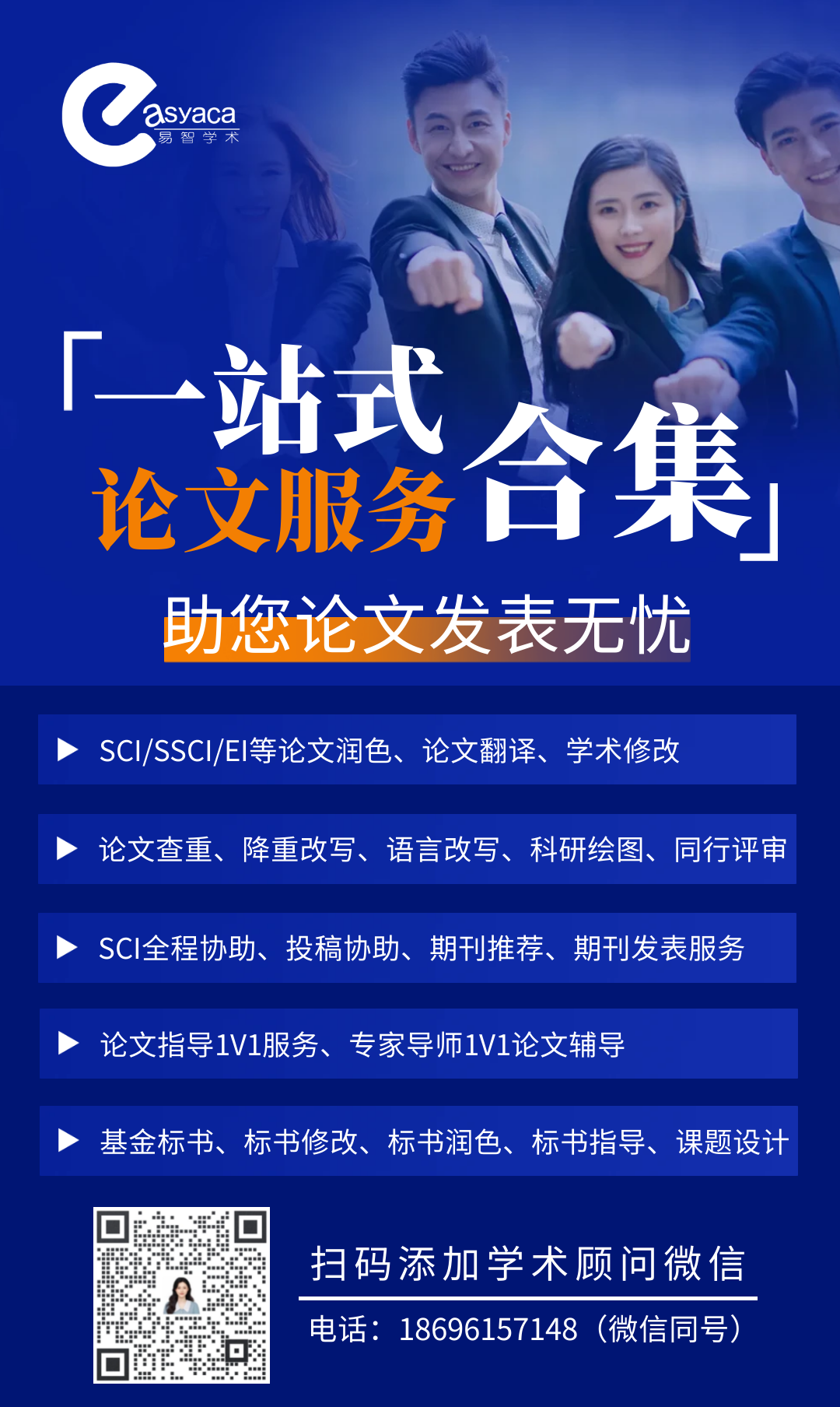英文写作的语言技巧总结
我是材料出身,搞的是催化,文章的第一步要有图,也就是说首先把图做的漂漂亮亮的,不管是 SEM,TEM,Uv-vis,FTIR,还是催化效果图。、图片放到你的文章里就是你的思路,图片放好了 你的思路就出来了,这是就关键的过程,放图的过程中你要考你怎么写,你的文章新的地方在哪?;图做好了也放好了,就是写文章了,写文章也很快了,因为思路有了你的文章也构思好了。我在这里给出我写文章时的程序。对于文章主体部分,我觉得先写 Results and discussion,写完了根据其内容下个 Conclusion,然后根据 Conclusion 写Abstract(因为它们俩有些许的类似),而后补充 Experimental。最后也是最难写的地方Introduction,这个让审稿人一看就能知道你的文章的水平,所以写好 Introduction 是关乎论文是否收录的关键所在。我和外国审稿人专家关于审稿交流过意见,他们也是这样认为,他们也认为 Introduction 是整个文章的脸面,这是他们主要审的地方,在这里能看到你的创新点,创新点不够直接 refuse ; Introduction 写的还可以的话,就看 Results and discussion,这部分其实主要看的是图,你的图的清晰度质量,以及性能图。我审过一篇 Journal of Hazardous Materials 上面的文章,我也是这样审的。当然是咱们国内某名牌大学的文章,做的是催化,我也是做这个的不知为什么编辑发来让我审,我也感觉很莫名。后来编辑告诉我和我的文章有些类似还称我是专家,教授……
下面我引用了一些总结的写作经验,我觉得很有用。大家认真看看,在此先祝福大家论文高中,硕果累累不减当年勇时:
1. 前言部分
1.1 如何指出当前研究的不足以及有目的地引导出自己的研究的重要性
通常在叙述了前人成果之后,用 However 来引导不足,比如
However, little information...
little attention has been devoted to…
little work...
little data / little research
or few studies / investigations / few attempts have been don on…
or none of these studies
has (have) been less
done on ... / focused on / attempted to
conducted / investigated / studied
(with respect to)
OR To the author's knowledge... There is little information available in literature
about...
Until recently, there is some lack of knowledge about...
Previous research (studies, records) has (have)
failed to consider
ignored
misinterpreted
neglected to
overestimated, underestimated
misleaded
thus, these previous results are
inconclusive / misleading…
unsatisfactory / questionable /controversial..
Uncertainties (discrepancies) still exist ...
一定要注意绝对不能全面否定前人的成果,即使在你看来前人的结论完全不对。这是前人工作最起码的尊重,英文叫做给别人的工作 credits.
所 以 文 章 不 要 出 现 非 常 negative 的 评 价 , 比 如 Their results are wrong, very questionable, have no commonsense, etc.
可以婉转地提出:
Their studies may be more reasonable if they had considered this situation.
Their results could be better convinced if they ...
Or Their conclusion may remain some uncertainties.
1.2.之后引导出一种新方法,或者一种新方向。
如果研究的方法以及方向和前人一样,可以通过下面的方式强调自己工作的作用:
However, data is still scarce
rare
less accurate
there is still dearth of
We need to / aim to / have to
provide more documents / data / records / studies increase the dataset
Further studies are still necessary... / essential...
为了强调自己研究的重要性,一般还要在 However 之前介绍自己研究问题的反方面,另一方面等等, 比如:
1)时间问题
如果你研究的问题时间上比较新,你就可以大量提及对时间较老的问题的研究及重要性,然后说(However),对时间尺度比较新的问题研究不足2)物性及研究手段问题
如果你要应用一种新手段或者研究方向,你可以提出当前比较流行的方法以及物质性质,然后说对你所研究的方向和方法,研究甚少。
3)研究区域问题
首先总结相邻区域或者其它区域的研究,然后强调这一区域研究不足
4)不确定性
虽然前人对这一问题研究很多,但是目前有两种或者更多种的观点,这种 uncertanties,
ambiguities,值得进一步澄清
5)提出自己的假设来验证
如果自己的研究完全是新的,没有前人的工作进行对比,在这种情况下,你可以自信地说,根据提出的过程,存在这种可能的结果,本文就是要证实这种结果。 We aim to test the feasibility (reliability) of the ...
It is hoped that the question will be resolved (fall away) with our proposed method (approach).
1.3. 如何提出自己的观点
We aim to…
This paper reports on…
provides results..
extends the method…
focus on..
The purpose of this paper is to..
Furthermore, Moreover, In addition,, we will also discuss...
1.4. 圈定自己的研究范围
前言的另外一个作用就是告诉读者包括(reviewer)你的文章主要研究内容。如果处理不好, reviewer 会提出严厉的建议,比如你没有考虑某种可能性,某种研究手段等等。为了减少这种争论,在前言的结尾你就要明确提出本文研究的范围:
1)时间尺度问题
如果你的问题涉及比较长的时序,你可以明确地提出本文只关心这一时间范围的问题。
We preliminarily focus on the older (younger)...
或者有两种时间尺度的问题 (long-term and short term),你可以说两者都重要,但是本文只涉及其中一种
2) 研究区域的问题
和时间问题一样,明确提出你只关心这一地区
1.5. 最后的原场
在前言的最后,还可以总结性地提出,这一研究对其它研究的帮助。
或者说,further studies on ... will be summarized in our next study (or elsewhere) 总之,其目的就是让读者把思路集中到你要讨论的问题上来。减少争论(arguments).
2. 怎样提出观点
在提出自己的观点时,采取什么样的策略很重要。不合适的句子通常会遭到 reviewer 的置疑。
1)如果观点不是这篇文章最新提出的,通常要用
We confirm that...
2)对于自己很自信的观点,可用
We believe that...
3)在更通常的情况下,由数据推断出一定的结论,
用, Results indicate, infer, suggest, imply that...
4) 在及其特别的情况才可以用 We put forward (discover, observe..) .. "for the first
time".
来强调自己的创新。
2. 如果自己对所提出的观点不完全肯定,可用 We tentatively put forward (interpret this to..)
Or
Or
The results may be due to (caused by)/ attributed to / resulted from..
It seems that .. can account for (interpret) this..
要注意这些结构要合理搭配。如果通篇是类型 1)和 5),那这篇文章的意义就大打折扣。如果全是 2),肯定会遭到置疑。所以要仔细分析自己成果的创新性以及可信度。
3. 连接词与逻辑
写英文论文最常见的一个毛病就是文章的逻辑不清楚。解决的方法有:
1)句子上下要有连贯,不能让句子之间独立
常见的连接词语有,
also, in addition, afterwards, moreover, Furthermore, further, However, although, unlike, in contrast, Unfortunately,
Similarly, alternatively, parallel results, Compared with other results,
In order to, despite, For example
consequently, thus, therefore...
用好这些连接词,能够使观点表达得有层次,更加明确。
比如,如果叙述有时间顺序的事件或者文献,
最早的文献可用 AA advocated it for the first time.
接下来,可用 Then BB further demonstrated that..
再接下来,可用 Afterwards, CC..
如果还有,可用 More recent studies by DD..
如果叙述两种观点,要把它们截然分开
AA put forward that........ In contrast, BB believe
or Unlike AA, BB suggest…
or On the contrary (表明前面的观点错误,如果只是表明两种对立的观点,用 in
contrast), BB..
如果两种观点相近,可用
AA suggest ….. Similarly ( alternatively), BB..
Or Also, BB…
or BB also does …
表示因果或者前后关系,可用 Consequently, therefore, as a result, 表明递进关系,可用 furthermore, further, moreover, in addition,
当写完一段英文,最好首先检查一下是否较好地应用了这些连接词。
2) 段落的整体逻辑
经常我们要叙述一个问题的几个方面。这种情况下,一定要注意逻辑结构。
首先第一段要明确告诉读者你要讨论几个部份
...Therefore, there are three aspects of this problem have to be addressed.
The first question involves...
The second problem relates to …
The third aspect deals with...
上面的例子可以清晰地把观点逐层叙述。
Or, 可以直接用 First, Second, Third..... Finally,..
当然,Furthermore, in addition 等可以用来补充说明。
4. 正文部份的整体结构
小标题是比较好的方法把要讨论的问题分为几个片段。
一般第一个片段指出文章最为重要的数据与结论。补充说明的部份可以放在最后一个片段。
一定要明白文章的读者会分为多个档次。文章除了本专业的专业人士读懂以外,一定要想办法能让更多的外专业人读懂。所以可以把讨论部份分为两部份,一部份提出观点,另一部份
详细介绍过程以及论述的依据。这样专业外的人士可以了解文章的主要观点,比较专业的讨论他可以把它当成黑箱子,而这一部份本专业人士可以进一步研究。
5. 关于 abbreviation
如果文章用了很多的 Abbreviation, 两种方法加以解决
1) 在文章最好加上个 Appendix,把所有 Abbreviation 列表
2) 在不同的页面上,不时地给出 Abbreviation 的含义,用来提醒读者。
总之,写文章的目的是要让读者读懂,读得清晰,并且采取各种措施方便于读者。
5. Discussion 部分
5.1时态
(a) 指出结果在哪些图表中列出,常用一般现在时。如:Figure 2 shows the variation in the temperature of the samples over time.
(b) 叙述或总结研究结果的内容为关于过去的事实,所以通常采用过去时。如:After flights of less than two hours, 11% of the army pilots and 33% of the civilian pilots reported back pain.
(c) 对研究结果进行说明或由其得出一般性推论时,多用现在时。如:The higher incidence of back pain in civilian pilots may be due to their greater accumulated flying time.
(d) 不同结果之间或实验数据与理论模型之间进行比较时,多采一般现在时(这种比较关系多为不受时间影响的逻辑上的事实)。如:These results agree well with the findings of Smith, et al.
3) 讨论部份包括什么内容?
(e) 1 主要内容
1) 主要数据特征的总结
2) 主要结论以及与前人观点的对比
3) 本文的不足
第三点,在一般作者看来不可取。事实上给出文章的不足恰恰是保护自己文章的重要手段。如果刻意隐藏文章的漏洞,觉得别人看不出来,是非常不明智的。
所谓不足,包括以下内容:
a) 研究的问题有点片面讨论时一定要说,
It should be noted that this study has examined only…
We concentrate (focus) on only...
We have to point out that we do not…
Some limitations of this study are...
b) 结论有些不足
The results do not imply…
The results can not be used to determine…
be taken as evidence of…
Unfortunately, we can not determine this from this data…
Our results are lack of ...
但是,在指出这些不足之后,随后一定要再一次加强本文的重要性以及可能采取的手段来解决这些不足,为别人或者自己的下一步研究打下浮笔。
Notwithstanding its limitation, this study does suggest…
However, these problems could be solved if we consider…
Despite its preliminary character, this study can clearly indicate…
用中文来说,这一部份是左右逢源。把审稿人想到的问题提前给一个交代,同时表明你已经在思考这些问题,但是由于文章长度,试验进度或者试验手段的制约,暂时不能回答这些问题。但是,这些通过你的一些建议,这些问题在将来的研究中游可能实现。
P.S.
坚信观点的真实性:prove, demonstrate
不确定性: show,indicate,found
表示推测: imply,suggest
6.2 关于结论中的时态:
(1) 回顾研究目的时,通常使用过去时。如:In this study, the effects of two different learning methods were investigated.
(2) 如果所概述结果的有效性只是针对本次特定的研究,需用过去时;如果具有普遍的意义,则用现在时。如: In the first series of trials, the experimental values were all lower
than the theoretical predictions. The experimental and theoretical values for the yields agree well.
3. 阐述由结果得出的推论时,通常使用现在时。如:The data reported here suggest (These findings support the hypothesis, Our data provide evidence) that the reaction rate may be determined by the amount of oxygen available.
Some points of style
(摘自一个老外的 Writing a Paper, 第一点和最后一点是我们经常用错的)
Do not use nouns as adjectives (不要把名词当作形容词用)
Not: ATP formation; reaction product
But: Formation of ATP; product of the reaction
The word “this” must always be followed by a noun, so that its reference is explicit.
(This 后面必须跟一个名词)
Not: This is a fast reaction; This leads us to conclude..,
But: This reaction is fast; This observation leads us to conclude…
Describe experimental results in the past tense. (试验结果用过去时)
Not: Addition of water gives product.
But: Addition of water gave product.
Use the active voice whenever possible. (尽可能使用主动语态)
Not: It was observed that the solution turned red.
But: The solution turned red.
OR We observed that the solution turned red.
Complete all comparisons. (使用完整的比较形式 A is higher than B)
Not: The yield was higher using bromine.
But: The yield was higher using bromine than
chlorine.
sci谜案集第六部 sci是什么 sci二区和三区区别






















